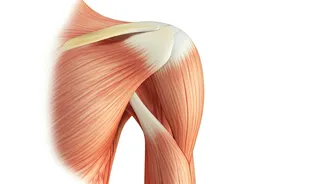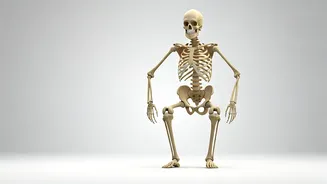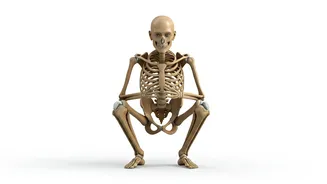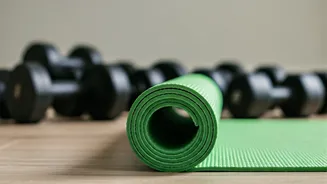The Power of Walking
Walking, a fundamental human activity, often goes unnoticed for its immense health benefits. Beyond just getting from point A to B, walking can serve as
a potent exercise regimen, particularly when performed with mindful techniques. It's a low-impact activity, suitable for people of all ages and fitness levels. This accessibility makes it a cornerstone of preventive healthcare. Regular walking, especially when combined with proper techniques, can significantly enhance overall well-being, strengthening muscles, improving balance, and promoting healthy joints. Incorporating these simple exercises into your routine can lead to remarkable changes in physical health and overall quality of life.
Heel Walking Benefits
Heel walking, a specific technique, targets the ankles and improves circulation in the lower legs. This exercise involves lifting the toes off the ground and walking only on the heels. Performing heel walks regularly strengthens the muscles supporting the ankles, making them more resilient to injuries. Moreover, this exercise boosts blood flow in the legs, which can alleviate swelling and discomfort. Doing this exercise helps to prevent ankle injuries. By engaging the calf muscles, heel walking enhances the flexibility and strength of the lower leg. Practicing heel walking for short durations each day provides a simple yet effective way to improve lower limb health and overall mobility, making it an excellent addition to any fitness routine.
Toe Walking Benefits
Toe walking, or Tadasana walk, offers a unique set of benefits, particularly for strengthening the feet and ankles. It involves walking primarily on the toes, engaging the muscles of the foot, calf, and ankle. This simple exercise enhances the flexibility of the foot and increases its range of motion. Regular toe walking strengthens these often-neglected muscles, improving balance and stability. This technique can also aid in correcting postural imbalances by strengthening the muscles responsible for maintaining a healthy foot arch. By consciously engaging these muscles, one can reduce strain on the knees and hips, promoting overall better alignment and reducing the risk of injuries. Integrating toe walking into your routine contributes to the development of stronger, more flexible feet, promoting enhanced mobility and preventing injuries.
Side-to-Side Walking
Side-to-side walking, also known as lateral walking, is a highly effective exercise for building lower body strength. It involves taking steps to the side, maintaining a low center of gravity. This method focuses on the muscles of the hips, glutes, and inner thighs, providing a well-rounded workout for the lower body. Regular side-to-side walking enhances muscle strength and stability, crucial for maintaining balance and preventing falls. The lateral movements improve the flexibility and mobility of the hips, which can alleviate stiffness and improve posture. This exercise is particularly beneficial for those looking to improve their athletic performance or those recovering from injuries. Incorporating side-to-side walking into your regimen can strengthen your lower body, enhance your flexibility, and improve your overall physical fitness, making it an ideal choice for a comprehensive fitness routine.
Reverse Walk Benefits
Reverse walking, or walking backward, is a unique technique that offers specific benefits for knee health. Walking in reverse engages different muscle groups compared to forward walking, placing less stress on the knee joints. This can alleviate pain and reduce the risk of further injury for those with knee problems. Reverse walking strengthens the quadriceps muscles, which are crucial for knee stability. The shift in movement also improves balance and coordination, often overlooked benefits of this exercise. It can improve the range of motion in the knee and can make the knee more flexible. Incorporating reverse walking into your routine offers a gentle yet effective way to enhance knee health. It can also enhance overall leg strength and coordination while being gentle on the knees, creating an efficient exercise for those who have knee problems.
Hip Rotation Walk
Hip rotation walking is an exercise designed to specifically improve hip mobility and alleviate stiffness. This technique involves consciously rotating the hips while walking, which helps to increase the range of motion and flexibility in the hip joint. By encouraging hip rotation, this walk reduces stiffness, particularly beneficial for individuals with sedentary lifestyles or those experiencing hip discomfort. Practicing hip rotation walking can also help improve posture, aligning the hips and pelvis. This exercise engages the muscles around the hips, strengthening them and improving their overall functionality. Regular hip rotation walking offers a simple and effective way to enhance hip health, increasing mobility and reducing the potential for injuries and stiffness, contributing to a more comfortable and active lifestyle.













